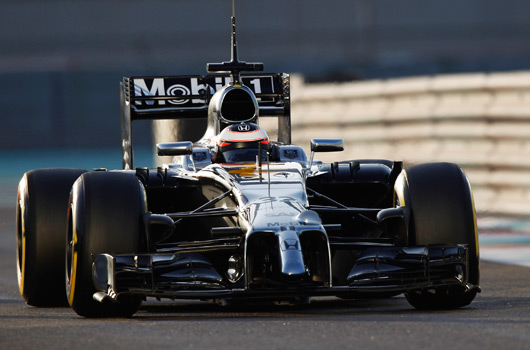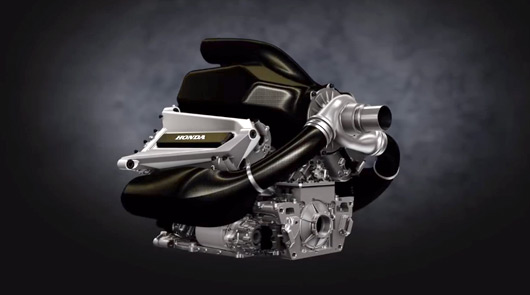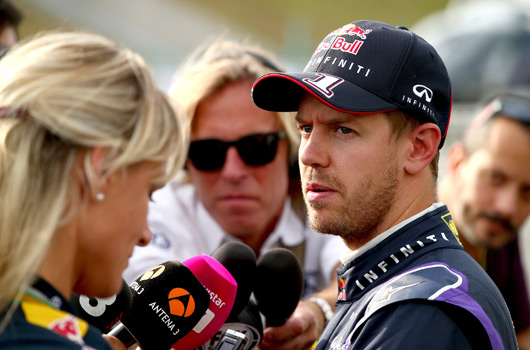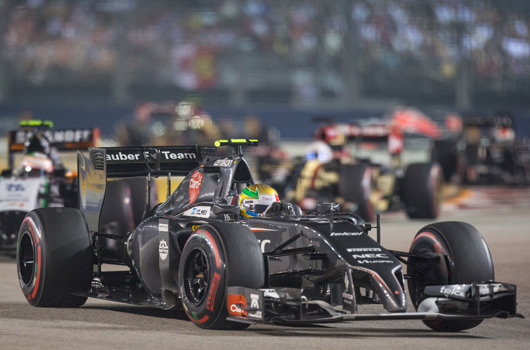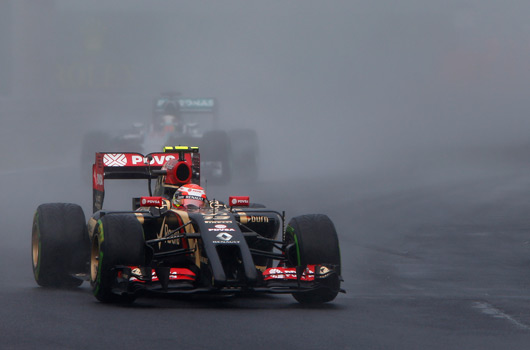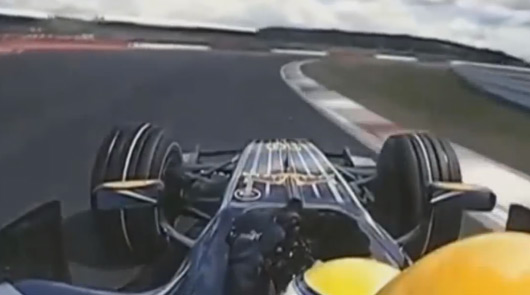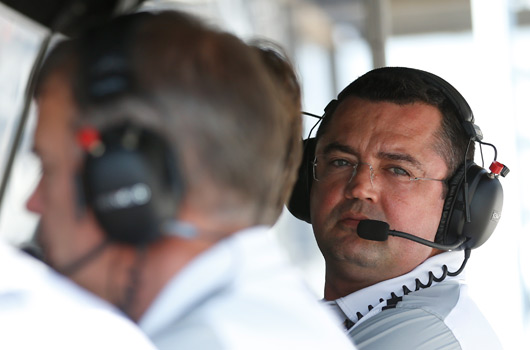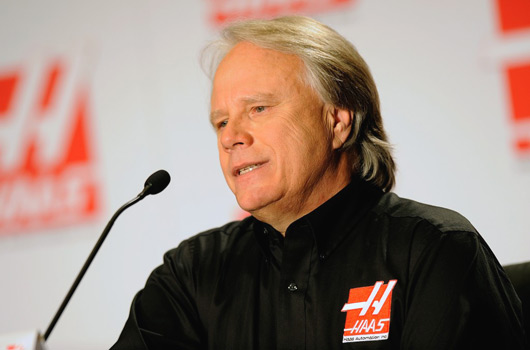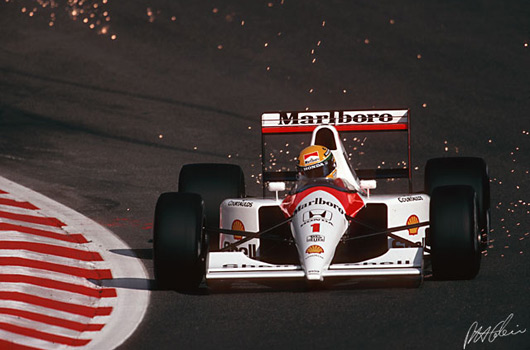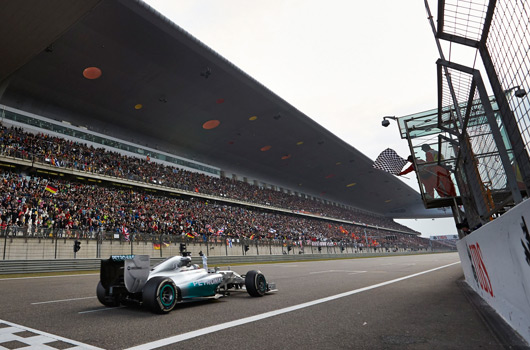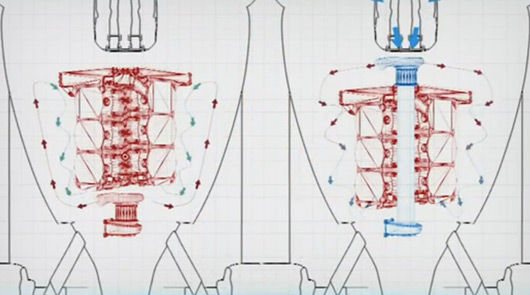Between 1988 and 1992, McLaren-Honda dominated Formula 1, winning 44 grands prix and eight world championships. In 2015, that partnership will be reforged. As we get ready for our new era in F1, we invite you inside the garage to witness first-hand the reunion of McLaren and Honda, and watch the MP4-29H/1X1 take to the track for its first ever run.
That bold and forward-looking statement accompanies McLaren’s first on-track video from its reunification with Honda (clip can be seen below). It was released just before the two day post-season test session held in Abu Dhabi. Since then a lot of that optimism will have been lost.
The McLaren-Honda partnership is used to topping the timesheets. Yet, in two days of testing, not one official lap time was registered.
On Day 1 of testing: An electronics issue meant the car spent the morning in the garage, but it broke cover soon after lunch, with test and development driver Stoffel Vandoorne conducting a number of exploratory installation runs throughout the afternoon.
He was halted on a couple of occasions by a fuel/data exchange issue – the second of which left him stranded on the circuit, causing a red flag.
On Day 2 of testing: Despite successfully firing up before the track opened at 9am, our morning programme was scuppered by a hard-to-find electrical issue, which stopped our progress while we traced the cause.
In the afternoon, the team got the car on the track – Stoffel successfully completed an installation lap, and had begun a four-lap run when the car shut down.
Not the best start, yet despite these setbacks, Yasuhisa Arai, Honda’s chief officer of motorsport remained positive.
“This week’s test is really all about performing some fundamental systems checks on the engine before we begin testing in earnest next February,” explained Arai. “When I was at Jerez earlier this year, I noticed just how many issues the teams faced in readying these turbo engines, so we really wanted to get those initial checks under our belts before winter testing starts in 2015.
“The engine we used today is still under development—it’s not for the actual race—and we’re on schedule to develop it further ahead of the forthcoming season. There are a few more steps coming before Australia.
“We’re making good progress for the new season as one team.”
A competitive McLaren-Honda outfit will be great for F1, so let’s hope they’re able to have more success in pre-season testing next year.
